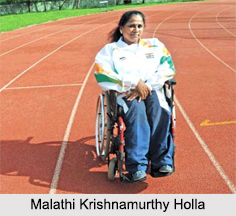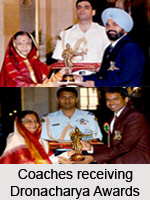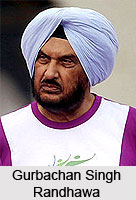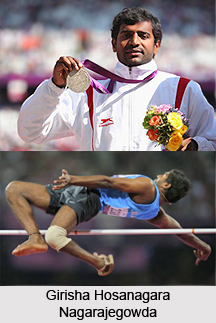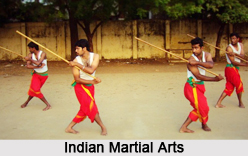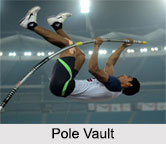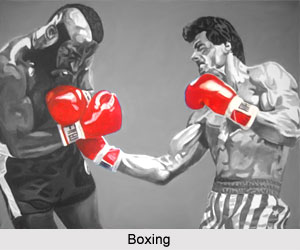 Types of Boxing can be mainly divided into two major categories; namely professional and amateur boxing. Right through the 17th and 19th century boxing bouts were stirred by money. The fighters competed for money and promoters controlled the entire game, and spectators bet on results. It was included as a part of Olympic event in 1908. Presently in Olympic competitions, the bouts are typically limited to 3 to 4 rounds, scoring is computed by points based on number of clean blows landed, regardless of impact. The fighters wear protective headgear reducing the number of knockdown, knockouts and injuries. Presently, the scoring blows,
Types of Boxing can be mainly divided into two major categories; namely professional and amateur boxing. Right through the 17th and 19th century boxing bouts were stirred by money. The fighters competed for money and promoters controlled the entire game, and spectators bet on results. It was included as a part of Olympic event in 1908. Presently in Olympic competitions, the bouts are typically limited to 3 to 4 rounds, scoring is computed by points based on number of clean blows landed, regardless of impact. The fighters wear protective headgear reducing the number of knockdown, knockouts and injuries. Presently, the scoring blows,
For most fighters, an amateur career, especially at the Olympics, serves to develop skills and gain experience in preparation for a professional career.
Amateur Boxing
In modern amateur boxing, headgear is mandatory. This can be found in the college level competition, at Olympic Games and Commonwealth Games, and in many other venues sanctioned by amateur boxing associations. Amateur boxing has a particular scoring system that helps in measuring the number of clean blows landed rather than physical damage. The fight consists of three rounds and occurs for three minutes in the Commonwealth and Olympic Games, and three rounds of three minutes in a national ABA (Amateur Boxing Association) bout, each with a one-minute interval between rounds.
The boxer wears protective gears and gloves with white strip across the knuckles. A punch is generally considered as a scoring point for boxer, when the boxer connects with the white portion of the gloves. Punches that lead directly on the torso or head with sufficient force lead to gaining of a point. In order to ensure the competitors use legal blows, referee is present for overseeing the entire happening. A belt which is worn over the torso symbolizes the lower limit of punches - any boxer who repeatedly lands low blows (below the belt) is disqualified. Referees also make sure that boxers, in order to prevent the opponent from moving, don`t use holding tactics. If it occurs, the referee separates the opponents and orders them to continue boxing. Repeated holding can lead to disqualification of the boxer.
Professional Boxing
Professional boxing is for longer duration than amateur boxing, which runs for ten to twelve rounds. During the early part of 20th century there were rules for unlimited rounds which ended only when a fighter was tired.
In case of professional boxing headgear is not permitted and boxers are made to take much more punishment before the fight is halted. The referee may however stop the game at any point of time, if he believes that one participant cannot defend himself due to injury. In that case, the other participant is awarded a technical knockout win. In that case however, the technical knockout punches are awarded if a fighter lands a punch that opens a cut on the opponent, and the opponent is later deemed not fit to continue by a doctor because of the cut. Because of this reason the fighter employs cut-men, so that a boxer is able to continue fight despite the cuts and injuries. If a boxer simply quits fighting, or if his corner stops the fight, then the winning boxer is also awarded a technical knockout victory. Unlike amateur boxing, professional male boxers have to be bare-chested.





